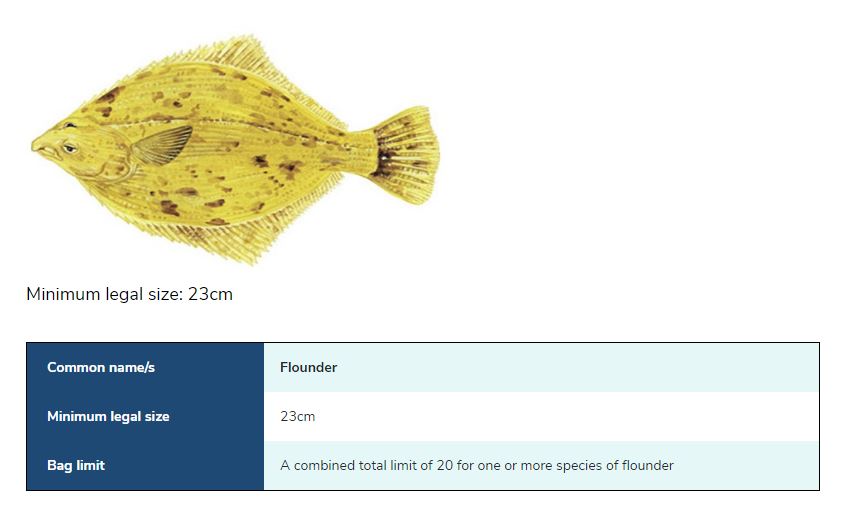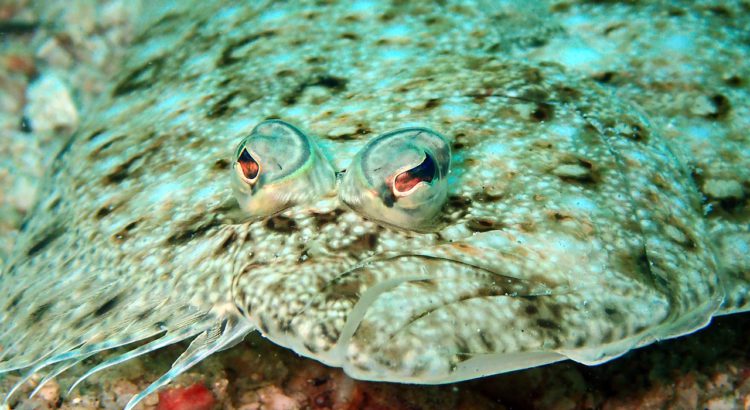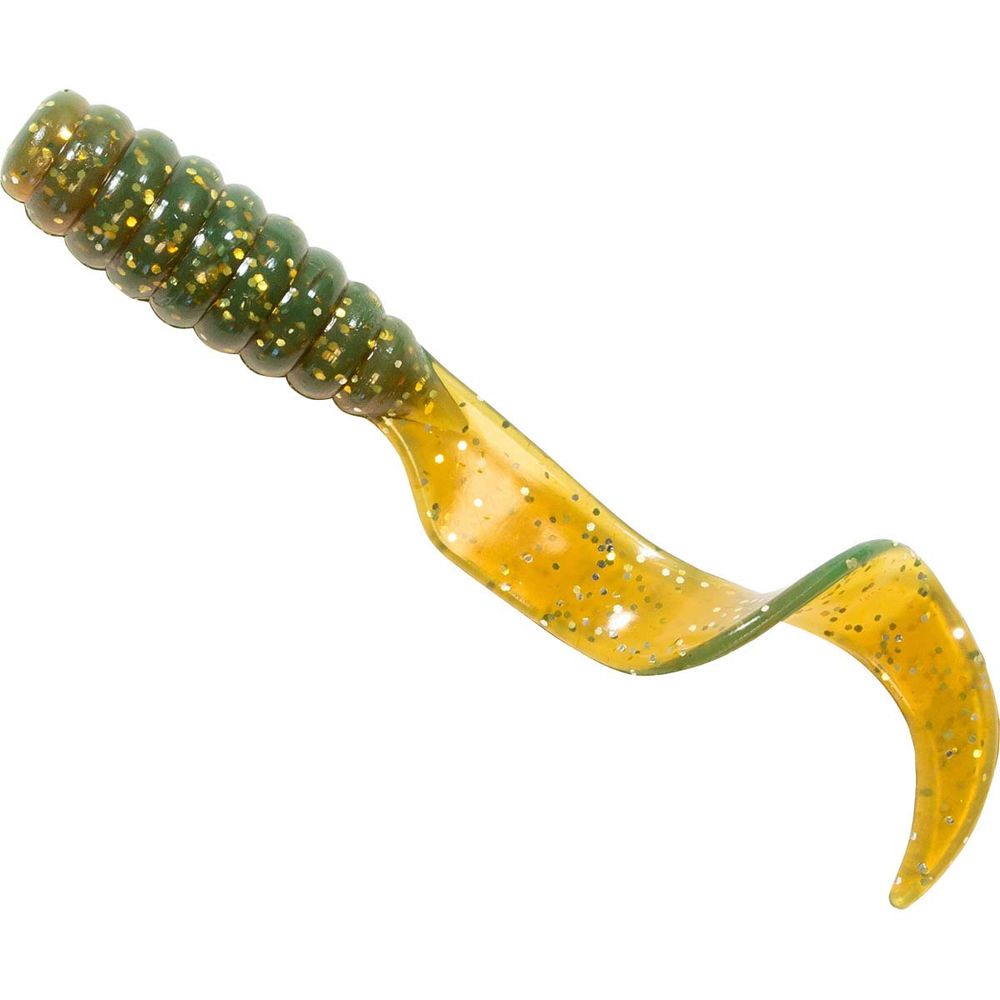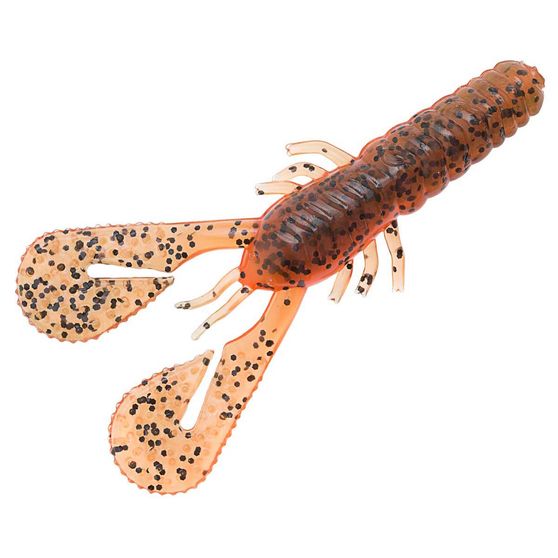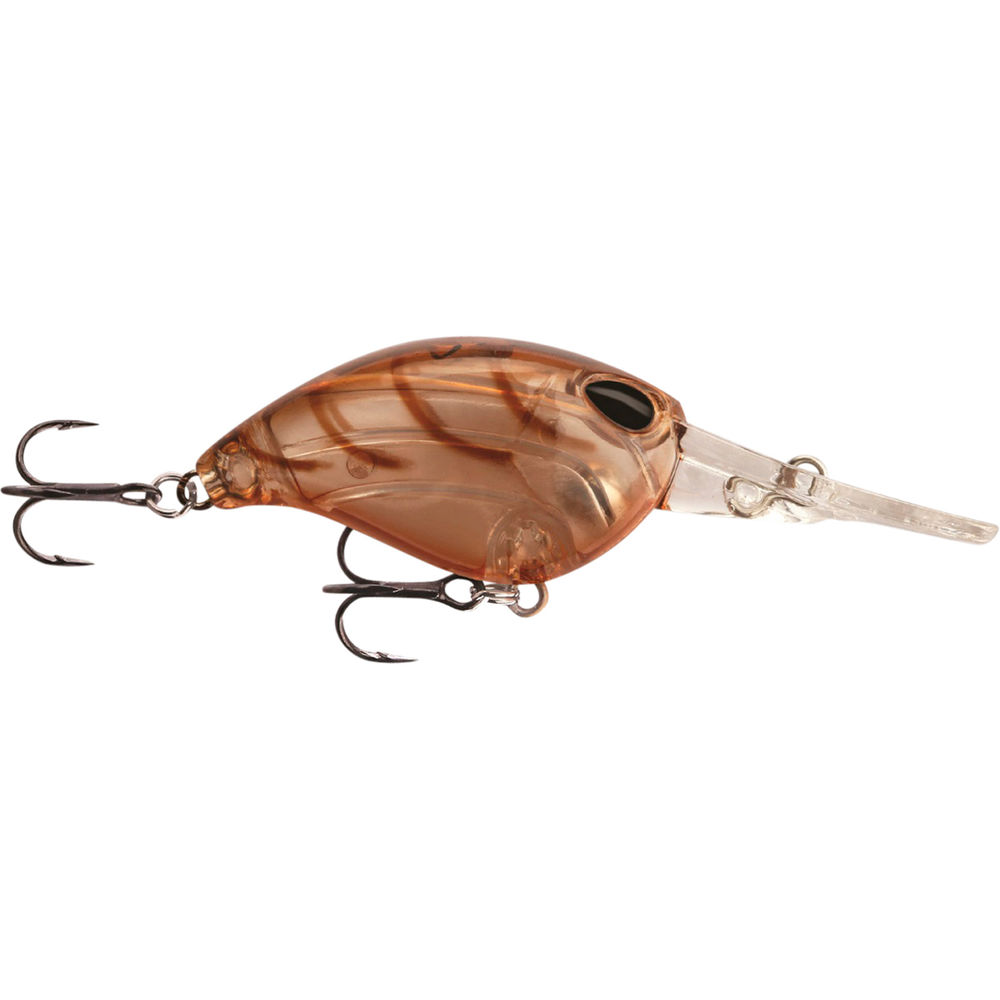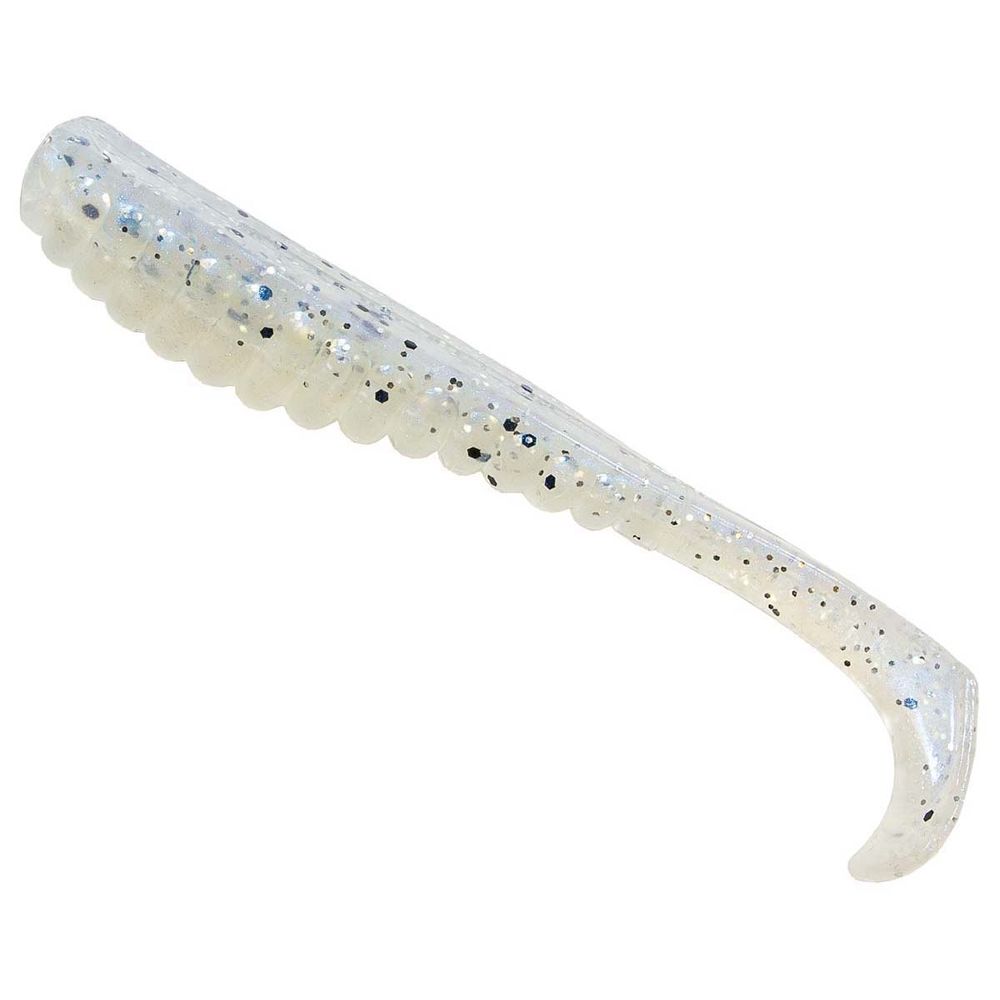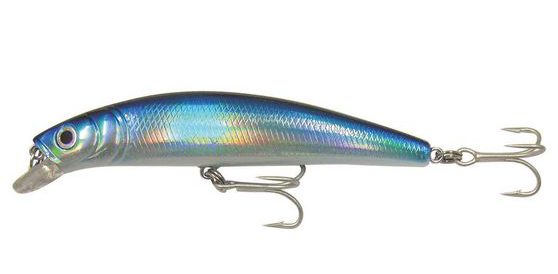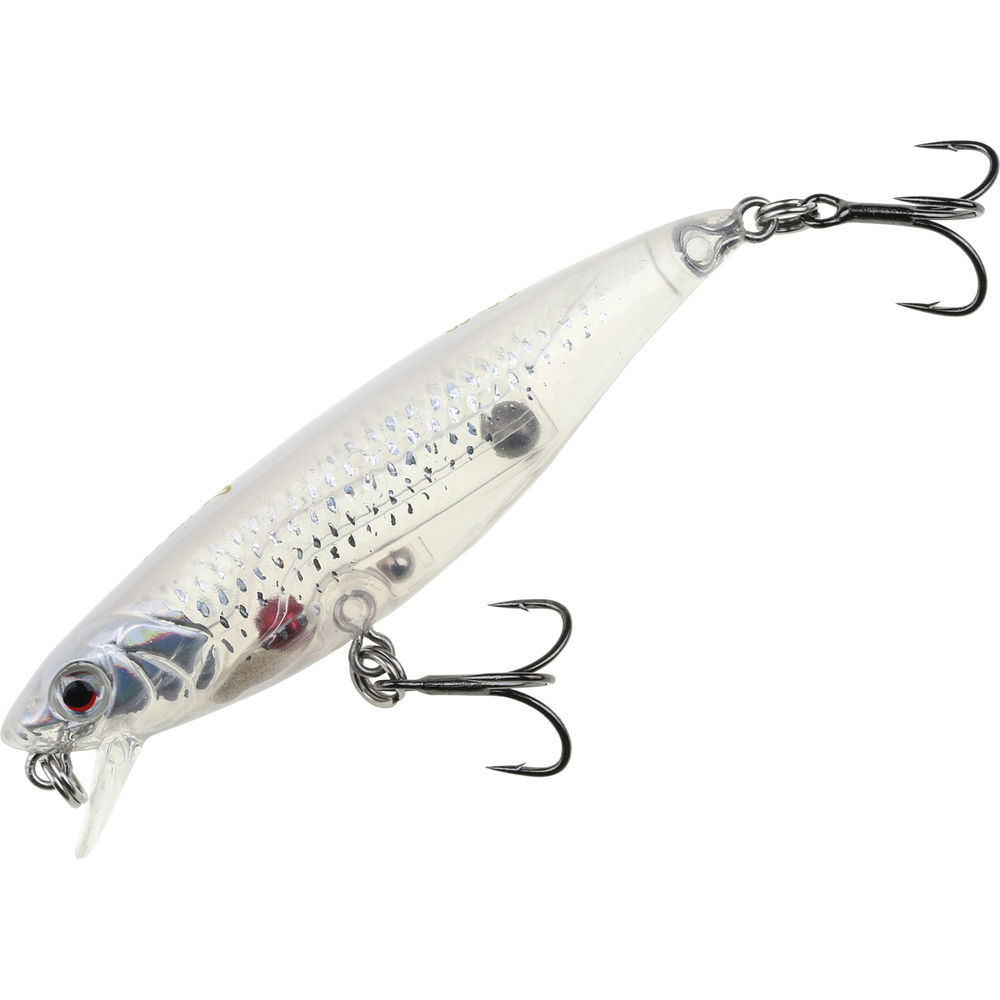Flounder is a peculiar looking fish that is quite easily distinguished by their features. A round-bodied fish, light brown in colour and dark brown blotches throughout its body. Flounder use these features to help itself camouflage around sandy, weedy, and rocky bottoms.
Similar to Flathead, Flounder have both their eyes located on top of their heads and are ambush predators. Lying in wait over sand beds waiting for unexpected baitfish to swim by.
Flounder aren’t born with both their eyes above their head. But during a Flounders life cycle, one eye gradually shifts to one side until it’s paired up on top. Helping this fish to lay unnoticeable on the sea floor.
Despite their odd appearance, Flounder is quite a tasty fish to eat and can be Pan-fried, baked, or steamed.
Location
Flounder are best targeted amongst sandy bottoms within shallow waters. These fish are often found buried in sand flats and in clear water conditions can be seen at times gliding just above the bottom similar to rays. On a few occasions, I’ve found when targeting for Flathead, Flounder is the result.
Best time of the day and tide
Similar to most fish, when targeting for Flounder. Fish during dawn or dusk as fish are predominately more active. Fish either side of high tide either running in or running out.
During this time target sandy patches amongst weed beds and rubble. Areas that aren’t accessible at low tide bring in baitfish at high tide to feed and bring in predatory fish as follows.
Also, target gutters, drop off’s, and channels as you will find Flounder waiting for baitfish to swim by.
What set-up should you be using to target Flounder?
Flounder fishing requires a lightly weighted set-up as a light rod and reel combo will do the job. Generally, a graphite rod in the 6’6”-7′ range paired up with a 1000-2500 quality reel.
Either spool up with mono or braid between 2 – 4 kg. If using braid fishing line, follow this up with a fluorocarbon leader similar weight class line to your mainline in shallow waters. But opt for a heavier line with heavy cover.
Both bait and lures work for Flounder and experiment to see what works best on the day.
Bait
If using bait, ideally use a paternoster rig with a lightly weighted sinker to hold bottom. Rig the dropper hooks up with either a bait-holder or long shank hook. Size of the hook will depend on the size of the bait.
Prawns either liver or frozen, bloodworms, sand-worms, bait-fish such as mullet or whitebait will be favoured amongst Flounder.
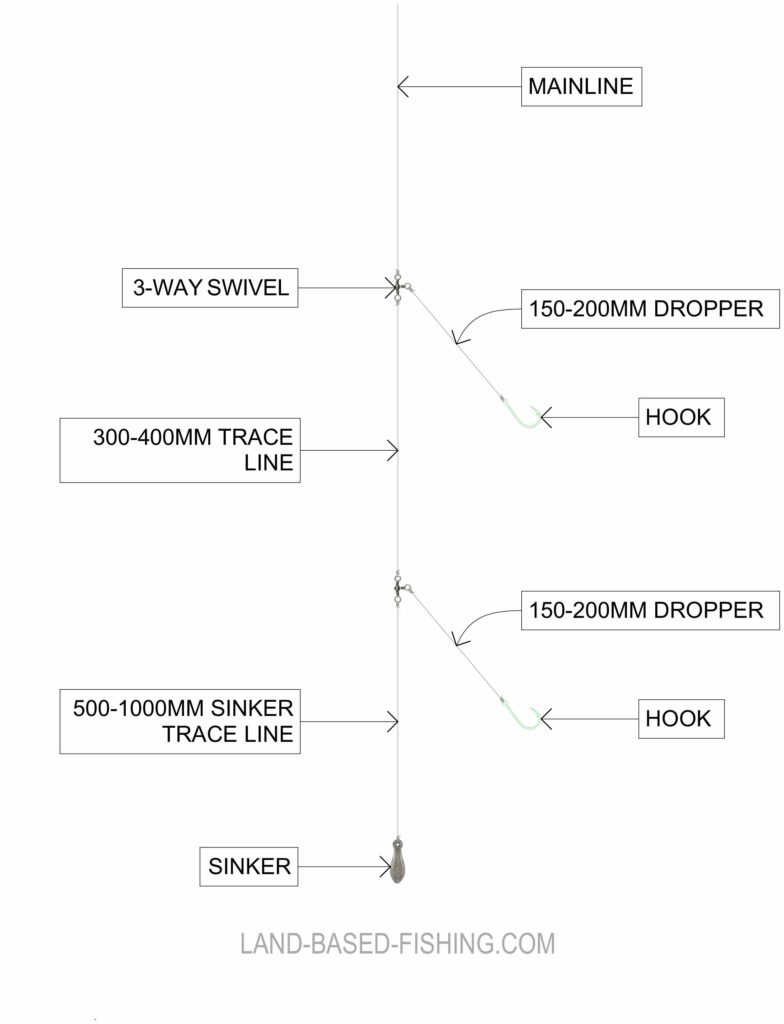
Lure
When it comes to lure fishing, various lures within the three categories can be used. Soft plastics, hard bodies and sub-surface lures will get you a strike if the Flounder are there.
Generally, look for lures that imitate what the Flounder are feeding on. Similar looking to bait-fish or sand-worms will be often my go-to. Work the lure along the bottom and try to cover as much area as possible.
Keep in mind Flounder are ambush predator fish and often will strike when the lure is skipping just above the bottom.
Legal catch limits and sizes
From state to state Flounder catch limits and sizes may vary. It’s best advised to check your local regulations before heading out on to the water. For us Victorians a minimum size limit of 23 cm is present and a bag limit of 20 per person. Please remember to catch enough as necessary and not to exceed the limit.
